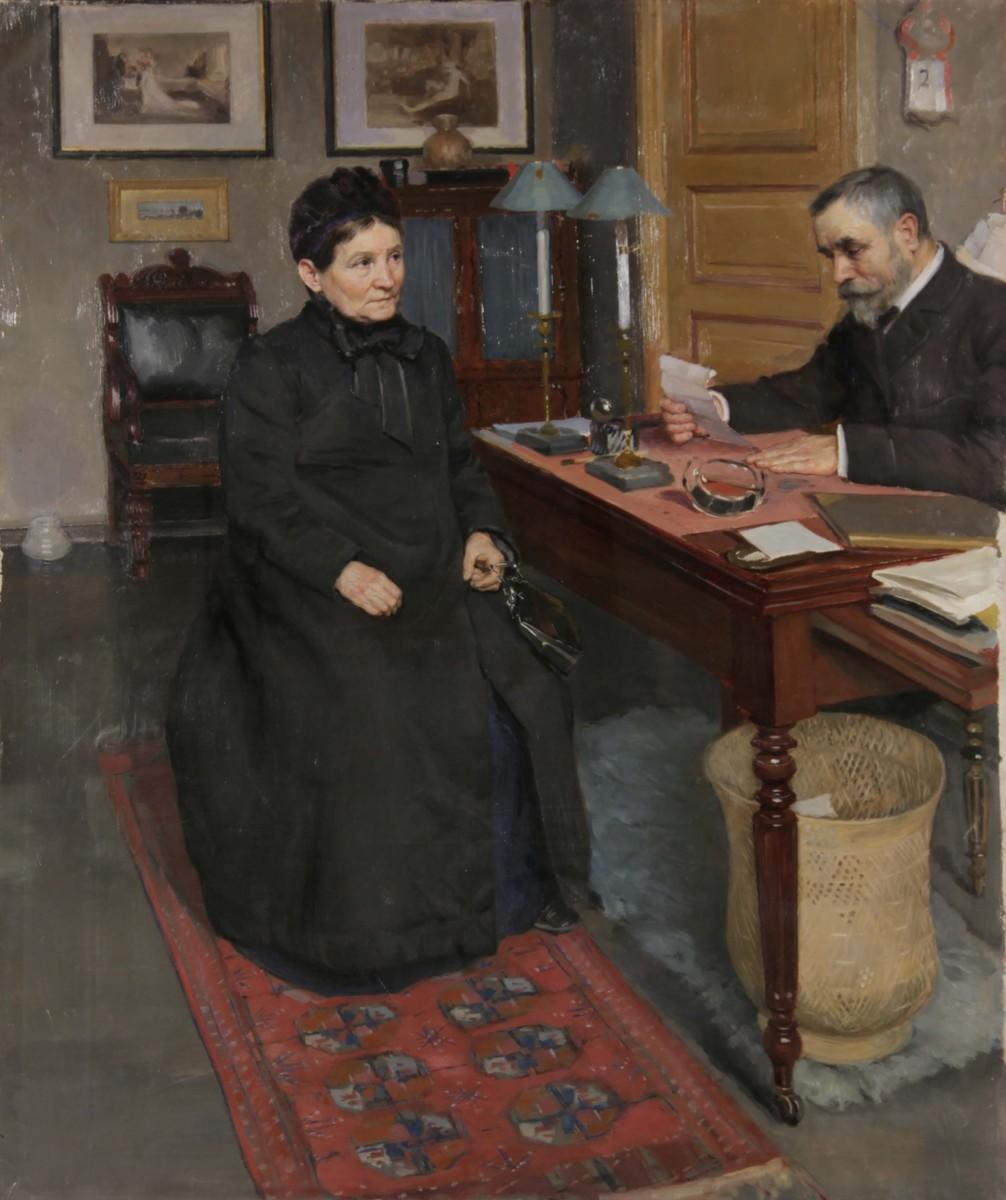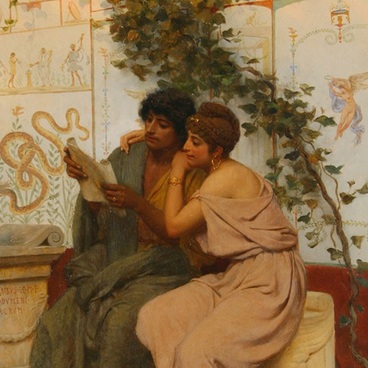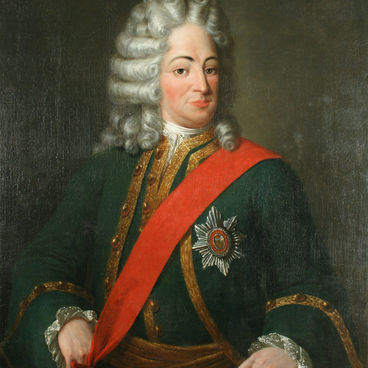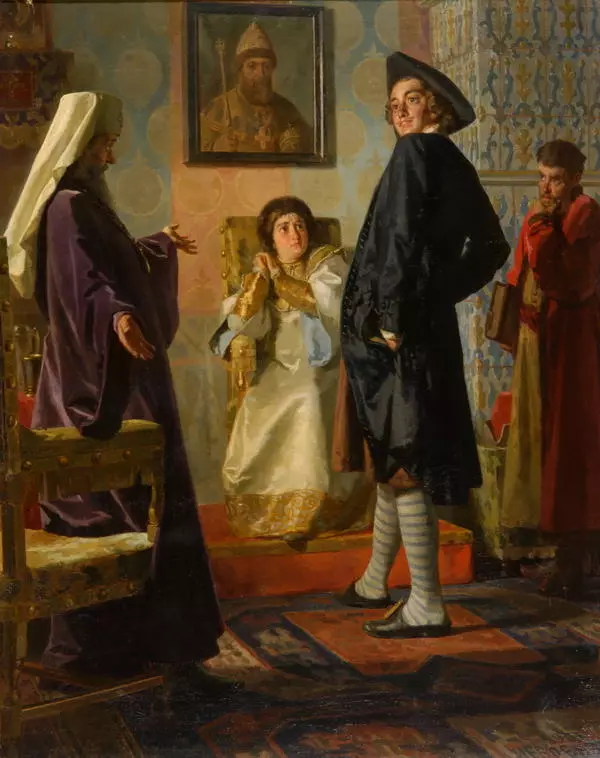Nikolai Nevrev was a historical and genre painter, one of the representatives of the realistic art of the Peredvizniki group (The Wanderers). Its members believed that art should reflect the problems of current time. They viewed art as a way to protest against ignorance and injustice, and tried to display their works all over Russia. Their exhibitions were successfully completing that task. The Wanderers made a vast number of paintings that created a true encyclopedia of the Russian people’s lives. Significant place in this list was occupied by Nikolai Nevrev.
As a graduate student of the Moscow School of Painting, Sculpture and Architecture, he strived to depict scenes from Russian folk life. Nevrev was permanently living in Moscow, first began painting portraits, followed by genre scenes, and since by the mid-1870s he started choosing plots mainly from Russian history.
Nevrev became famous after painting “The Bargain”, where he depicted a calm and passionless discussion of a deal to sell a person, expressing his own opinion of the morals of the society of the time. The picture was purchased by the famous collector P. M. Tretyakov.
The same detailed expression, reminiscent of a theatrical mise-en-scene, appears in the painting “The Petitioner”. Nevrev portrayed a middle-aged lady who came to the civil servant. Perhaps before making this step she had doubts, which is evidenced by her timid and uncertain look, as well as a sheet of paper with the request folded several times. The artist detailed the interior, whose objects develop the plot. A large wicker paper bin placed in the foreground becomes like the third character of the canvas and talks about the story of most petitions. Two paintings on the wall, one with a dutifully standing bride, the other with a helpless figure, are also intended to transmit the mood of the old petitioner.
The painting clearly manifests the talent of Nevrev: the faces of the characters were drawn with a convincing expression of their personalities. It is known that at the beginning of his career, Nevrev used to paint portraits that were muted in color, but marked by truthfulness and psychologism.
In 1924, the painting was transferred to the Vrubel Museum from the State Museum Collection, and was previously stored in the Rumyantsev Museum in Moscow.
As a graduate student of the Moscow School of Painting, Sculpture and Architecture, he strived to depict scenes from Russian folk life. Nevrev was permanently living in Moscow, first began painting portraits, followed by genre scenes, and since by the mid-1870s he started choosing plots mainly from Russian history.
Nevrev became famous after painting “The Bargain”, where he depicted a calm and passionless discussion of a deal to sell a person, expressing his own opinion of the morals of the society of the time. The picture was purchased by the famous collector P. M. Tretyakov.
The same detailed expression, reminiscent of a theatrical mise-en-scene, appears in the painting “The Petitioner”. Nevrev portrayed a middle-aged lady who came to the civil servant. Perhaps before making this step she had doubts, which is evidenced by her timid and uncertain look, as well as a sheet of paper with the request folded several times. The artist detailed the interior, whose objects develop the plot. A large wicker paper bin placed in the foreground becomes like the third character of the canvas and talks about the story of most petitions. Two paintings on the wall, one with a dutifully standing bride, the other with a helpless figure, are also intended to transmit the mood of the old petitioner.
The painting clearly manifests the talent of Nevrev: the faces of the characters were drawn with a convincing expression of their personalities. It is known that at the beginning of his career, Nevrev used to paint portraits that were muted in color, but marked by truthfulness and psychologism.
In 1924, the painting was transferred to the Vrubel Museum from the State Museum Collection, and was previously stored in the Rumyantsev Museum in Moscow.







